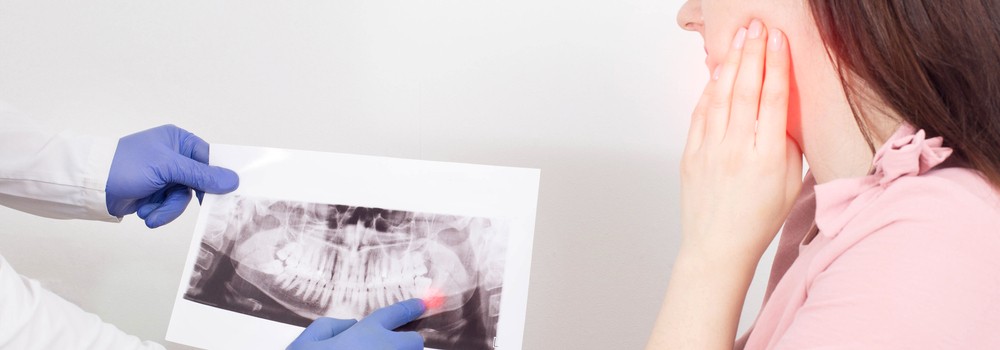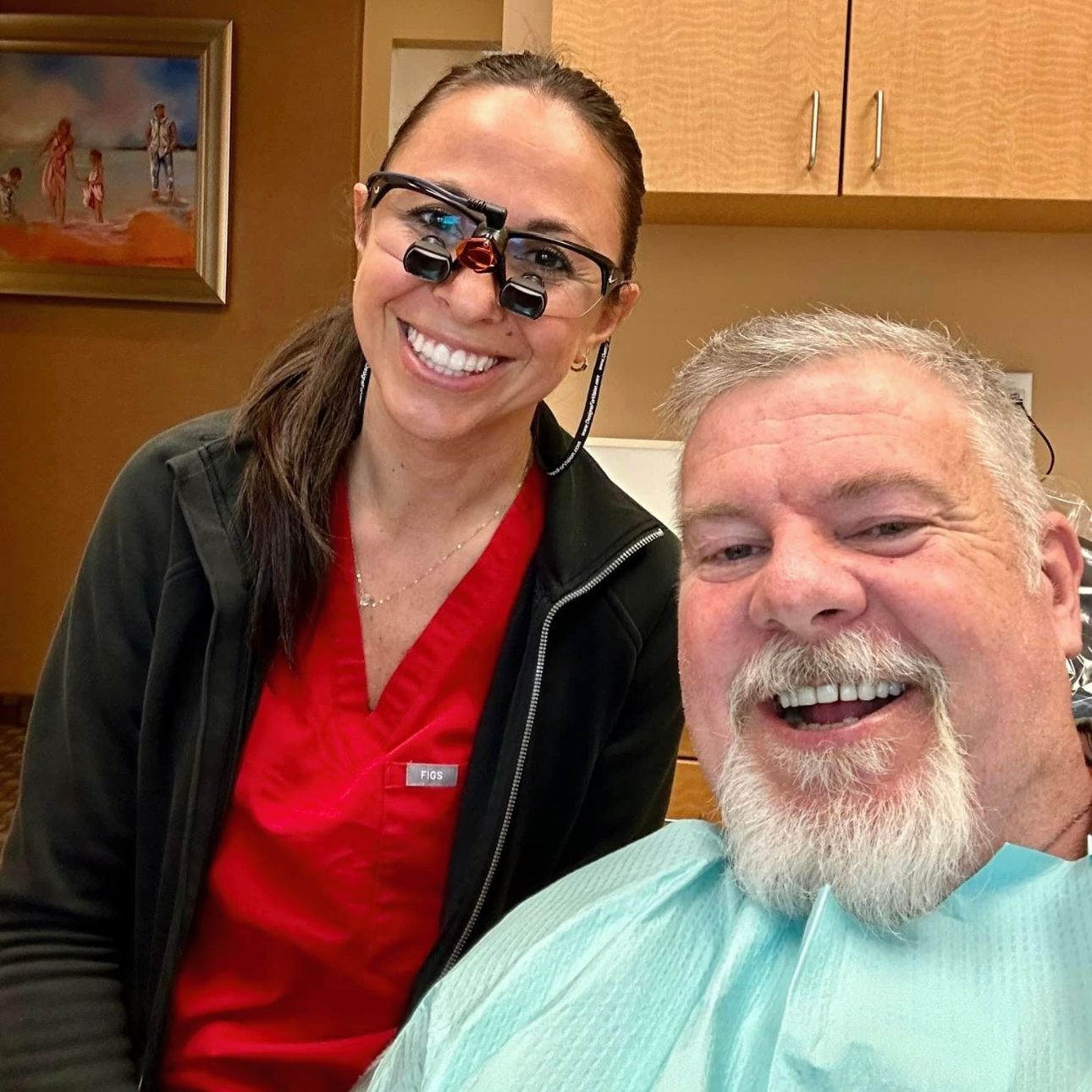
Complex Extractions
When a tooth has been damaged down to the root, has fractured, or has broken off at the gum line, extraction is considered “complex” and requires an expert in gum and bone surgery.
General dentists regularly refer patients needing complex extractions to Dr. Aldredge. They trust his expertise to safely reach and completely remove delicate or damaged teeth below the gums, without trauma to nearby teeth, gums or bone. They know Dr. Aldredge will ensure the best care for their patients and a positive outcome.

Simple Extractions
Extreme untreated gum disease can cause destruction of the jaw bone, gums or ligaments to the point that treatment can’t save the tooth and it is eventually going to fall out.
When Dr. Aldredge discovers a tooth in this condition during a thorough periodontal exam, he will opt to cleanly extract the tooth so that repair of the area can be started as soon as possible.

Tooth Root Grafting
When the extraction calls for it, Dr. Aldredge will begin the process of tooth socket bone grafting as soon as the tooth is out. The determination is made on a case by case basis.
During tooth socket bone grafting (also known as an alveolar ridge preservation graft) bone graft material is prepared and put into the empty tooth socket. The graft is covered with a protective membrane and the gum is sutured closed over it. Your natural bone will integrate with the graft and become strong enough to support an implant or prosthetic.
The bone graft will preserve the shape and structure of the socket, maintaining a prepared site for tooth replacement with a dental implant. Without this grafting procedure, the socket will essentially collapse on itself. The bone that once supported a tooth breaks down and is reabsorbed into the body, much the way an unused muscle atrophies. The consequent problems will damage neighboring teeth and cause weakness in the jaw .
Another concern after extraction is a painful condition known as dry socket. Once a tooth is pulled, gum tissue will naturally form a blood clot to start healing. If this clot is dislodged the nerve below it is exposed resulting in considerable discomfort. Tooth socket bone grafting protects the clot from shifting so the gums can heal properly without pain.

Implants
Extracted teeth should be replaced by dental implants to maintain the full eating and chewing function. If the gap where the tooth was extracted remains empty, ensuing physical changes can cause pain, loss of other teeth and continued loss of bone in the jaw.
After a tooth extraction, neighboring teeth will naturally migrate toward the open space left after an extraction. When teeth change position your bite no longer aligns the way it is meant to. This is called malocclusion. Not only can this be painful, it can damage teeth through chipping, fracturing or grinding. A shifting tooth is in danger of becoming a lost tooth.
Not replacing the extracted tooth leaves the gums and bone that had surrounded it at risk. The gum will shrink and the bone will deteriorate, impacting jaw strength and the stability of adjacent teeth. The eventual disappearance of bone can impact eating, speaking and visual appearance.
At the same time he extracts a tooth, Dr. Aldredge will add a bone socket graft to maintain the structure of the socket and encourage bone growth to eventually support a dental implant.



